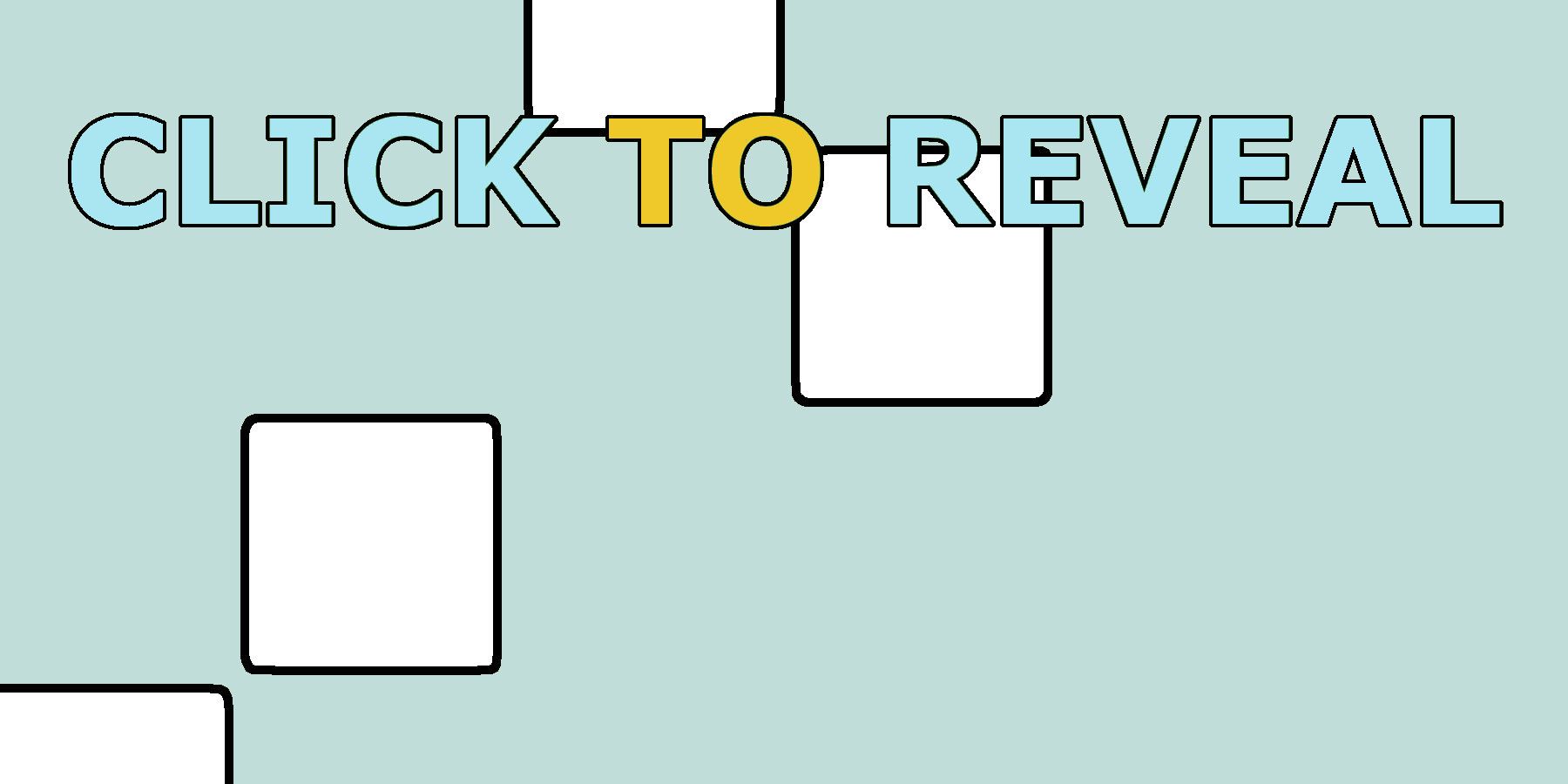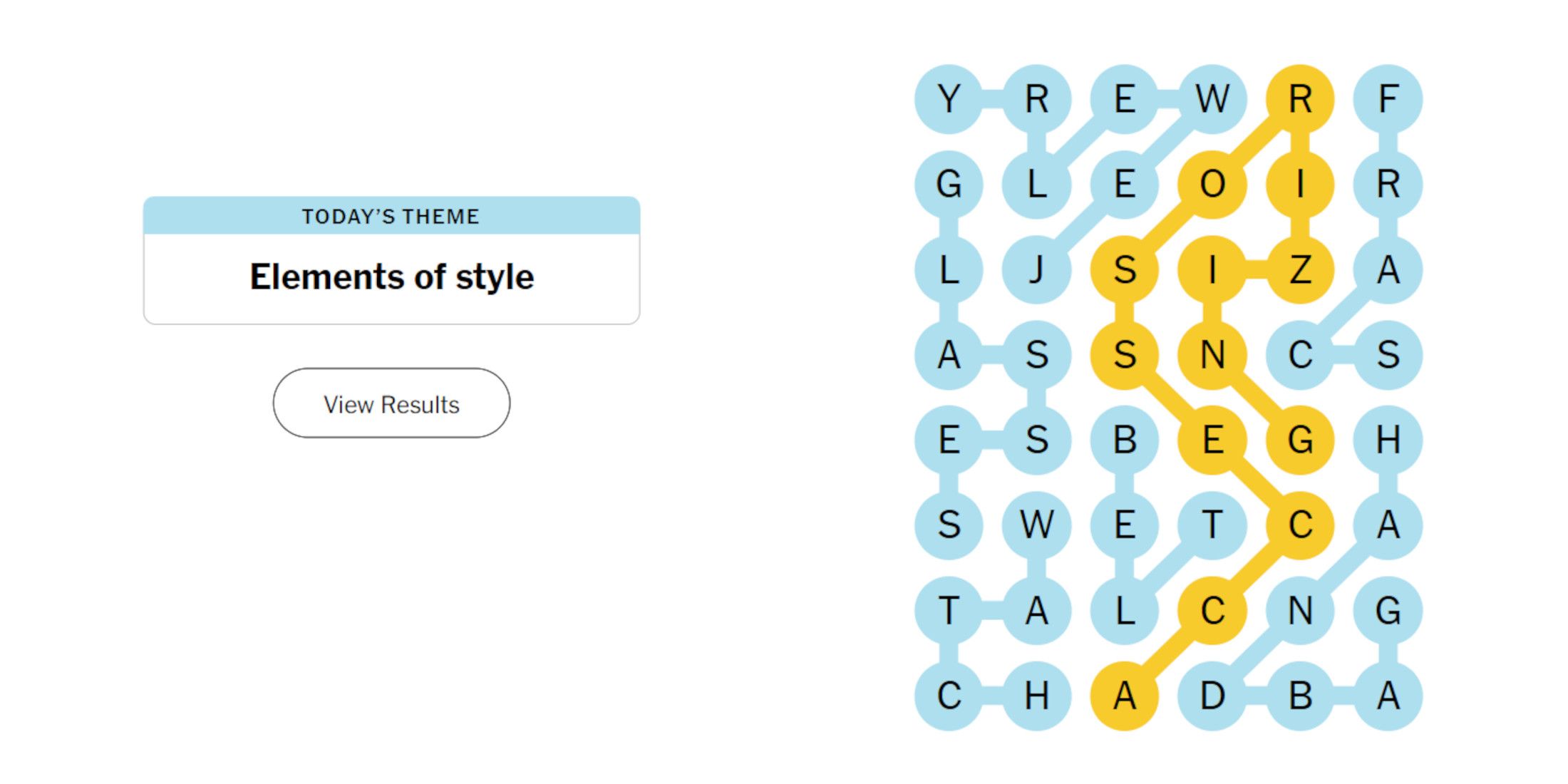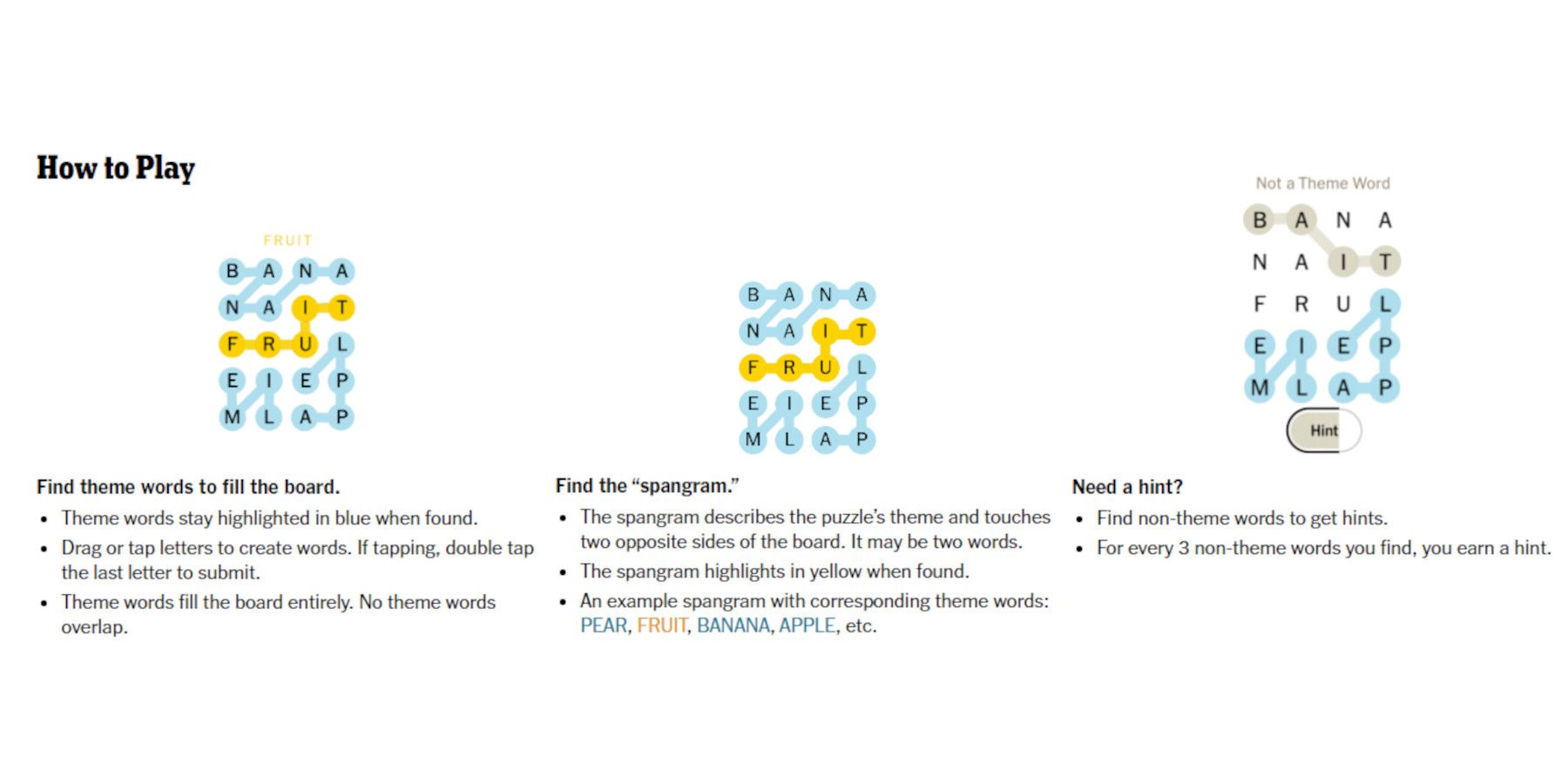Unlock the secrets behind mastering The New York Times strands hints and elevate your puzzle-solving skills. Whether you're a casual solver or a dedicated enthusiast, this guide will provide you with actionable tips and expert strategies to sharpen your abilities.
The New York Times Strands Hints have long been a beloved feature for word puzzle enthusiasts worldwide. These hints are designed to challenge your vocabulary and logical thinking, making them a fun yet educational experience. Understanding how these strands work and how to approach them effectively can significantly enhance your solving experience.
This comprehensive guide dives deep into the nuances of mastering The New York Times strands hints, offering practical advice, expert insights, and proven techniques. By the end of this article, you'll be better equipped to tackle even the toughest puzzles with confidence.
Table of Contents
- Biography of The New York Times Puzzle
- Understanding New York Times Strands Hints
- Effective Strategies for Solving
- Tools and Resources
- Common Mistakes to Avoid
- Advanced Techniques
- Historical Insights
- Engaging with the Puzzle Community
- Tips for Beginners
- Conclusion
Biography of The New York Times Puzzle
The New York Times crossword puzzle has a rich history that dates back to its debut in 1942. Created as a way to entertain readers during wartime, it quickly became a staple of the newspaper's offerings. Below is a brief overview of its origins and development:
Key Facts About The New York Times Puzzle
| Fact | Detail |
|---|---|
| Launch Date | February 15, 1942 |
| Creator | First puzzle by Margaret Farrar |
| Frequency | Daily and Sunday editions |
| Popularity | Millions of solvers worldwide |
Today, The New York Times crossword is considered one of the most prestigious puzzles globally, attracting solvers from all walks of life.
Understanding New York Times Strands Hints
To master The New York Times strands hints, it's essential to understand their structure and purpose. These hints are carefully crafted to test your vocabulary, knowledge, and problem-solving skills. They often incorporate wordplay, cultural references, and historical facts.
Types of Hints
- Definition-based clues: These provide straightforward definitions of words.
- Wordplay clues: Incorporate puns, homophones, and other forms of linguistic humor.
- Cultural references: Draw from literature, movies, music, and historical events.
Recognizing the type of hint can help you approach the puzzle more effectively.
Effective Strategies for Solving
Developing a systematic approach to solving The New York Times strands hints can greatly improve your success rate. Here are some proven strategies:
Honing Your Vocabulary
Expanding your vocabulary is one of the best ways to improve your puzzle-solving skills. Regular reading and using vocabulary-building apps can help you stay sharp.
Using Logical Deduction
When faced with a challenging hint, break it down into smaller components. Look for patterns, prefixes, and suffixes that can guide you toward the correct answer.
Tools and Resources
Several tools and resources are available to assist solvers in mastering The New York Times strands hints:
Online Solvers
Websites like XWord Info and Crossword Nexus offer databases of past puzzles and hints, allowing you to study patterns and trends.
Vocabulary Apps
Apps like Duolingo and Memrise can help you build your vocabulary and improve your language skills.
Common Mistakes to Avoid
Even experienced solvers can fall into common traps when tackling The New York Times strands hints. Here are some pitfalls to watch out for:
Overthinking Hints
Some hints are simpler than they appear. Avoid overcomplicating them by focusing on the most obvious solution first.
Ignoring Wordplay
Wordplay is a hallmark of The New York Times puzzles. Pay close attention to double meanings and puns in the hints.
Advanced Techniques
Once you've mastered the basics, you can explore advanced techniques to take your solving skills to the next level:
Pattern Recognition
Recognizing recurring patterns in hints can help you solve puzzles more quickly. Study past puzzles to identify common themes and structures.
Collaborative Solving
Solving with others can provide new perspectives and insights. Join online communities or local groups to enhance your skills.
Historical Insights
Understanding the history of The New York Times crossword puzzle can deepen your appreciation for its intricacies:
Evolution of Clues
Over the years, the complexity and style of hints have evolved. Early puzzles were simpler, while modern ones incorporate more sophisticated wordplay and cultural references.
Notable Constructors
Constructors like Will Shortz and Elizabeth C. Gorski have left an indelible mark on the puzzle world. Their innovative designs continue to challenge and delight solvers.
Engaging with the Puzzle Community
Joining the puzzle-solving community can enhance your experience and provide valuable learning opportunities:
Online Forums
Websites like Reddit's r/Crossword and Crossword Puzzle Forums offer platforms for solvers to share tips, discuss puzzles, and connect with like-minded individuals.
Local Meetups
Many cities host puzzle-solving meetups where enthusiasts gather to solve puzzles together and exchange ideas.
Tips for Beginners
If you're new to The New York Times strands hints, here are some tips to get you started:
Start with Easier Puzzles
Begin with Monday puzzles, which are designed to be easier, and gradually work your way up to more challenging ones.
Practice Consistently
Like any skill, puzzle-solving improves with practice. Set aside time each day to work on puzzles and track your progress.
Conclusion
Mastering The New York Times strands hints requires a combination of knowledge, strategy, and practice. By understanding the nuances of the hints, utilizing effective tools and resources, and engaging with the puzzle community, you can become a proficient solver. Remember to enjoy the process and embrace the challenges along the way.
Call to Action: Share your favorite solving tips in the comments below or explore more articles on our site to deepen your puzzle-solving skills. Happy solving!
Data and references for this article were sourced from reputable publications such as The New York Times, XWord Info, and academic studies on puzzle-solving techniques. For more information, visit the official website of The New York Times crossword or consult related scholarly articles.


